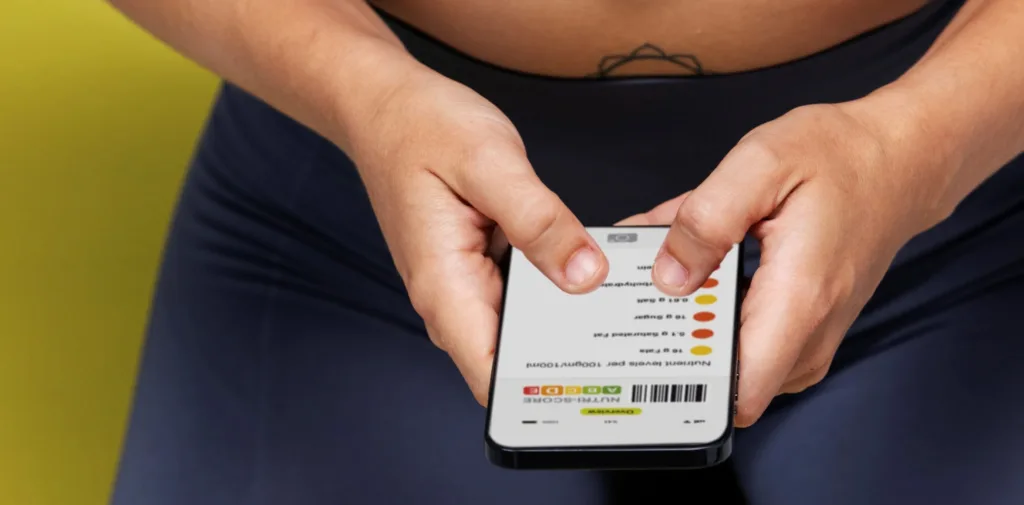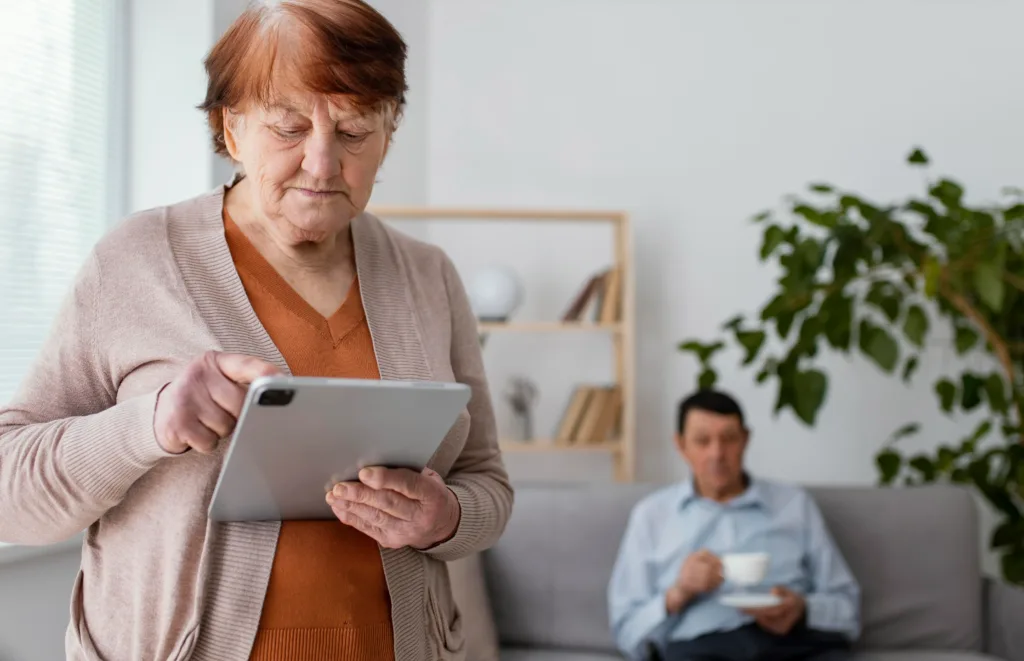Remote patient monitoring (RPM) has emerged as a game-changer in the management of sleep apnea, particularly when weight regulation plays a central role in treatment success. By providing continuous, real-time data on patients’ body weight, eating habits, and related metabolic indicators, RPM platforms allow physicians to intervene proactively and design highly personalized care plans. For sleep apnea providers, leveraging RPM for weight tracking not only improves clinical outcomes but also streamlines workflows and opens new revenue streams for the practice.
Why Weight Monitoring Matters in Sleep Apnea
Excess body weight is a well-established risk factor for obstructive sleep apnea (OSA). Even modest weight loss can lower AHI scores and reduce obstructive events. This occurs by decreasing fat around the upper airway.
Conversely, untreated or undertreated sleep apnea can lead to weight gain. It disrupts metabolism, alters hunger hormones, and increases inflammation. Monitoring weight changes in real time is essential to breaking this cycle.
RPM tools with digital scales, glucose meters, and dietary logs help track progress. They allow care teams to detect early weight shifts and make timely adjustments to sleep and weight management plans.

How RPM Enables Continuous Weight Tracking
RPM platforms with cellular- or Wi-Fi-enabled scales send daily weight measurements directly to a centralized dashboard. Clinicians can quickly spot upward trends that may affect sleep apnea control. This allows them to recommend dietary changes, adjust CPAP pressures, or refer patients for medication before symptoms worsen.
Additionally, wearables that track physical activity and mobile apps for food intake offer a complete view of the patient’s lifestyle. When combined, these data provide insights into how sleep quality links to diet and exercise adherence.
Streamlined Clinical Workflows and Multidisciplinary Collaboration
Incorporating RPM-based weight monitoring into a sleep clinic’s workflow reduces the need for routine in-person weigh-ins. Instead, clinicians can review aggregated weight data during virtual check-ins or asynchronously via the RPM portal. This efficiency allows sleep specialists to focus their in-office time on complex cases while still ensuring consistent oversight of patients who demonstrate stable trends.
Collaborating with dietitians, endocrinologists, and behavioral therapists via shared RPM dashboards fosters seamless multidisciplinary care. When a dietitian observes a plateau in weight loss, for instance, they can coordinate with the sleep physician to reassess CPAP adherence or address sleep fragmentation that may be impeding progress.
Enhanced Patient Engagement and Treatment Adherence
Patients using RPM platforms often feel more accountable thanks to immediate feedback on their weight and sleep metrics. Automated reminders to weigh in, paired with motivational messages, help reinforce healthy habits.
When clinicians detect a drop in weight or sleep quality, they can intervene early to prevent setbacks. Frequent telehealth check-ins, guided by RPM data, strengthen patient-provider relationships and support long-term adherence to weight and sleep therapy plans.

Financial Benefits and Growth Opportunities
Practices that adopt RPM receive reimbursement through chronic care management and remote therapeutic monitoring codes. This creates an additional revenue stream. By reducing emergency visits and minimizing in-office follow-ups through early interventions, overhead costs decrease.
Moreover, RPM helps attract patients seeking complete sleep-weight programs, expanding a clinic’s referral base. As RPM-guided care improves outcomes, referrals from primary care providers and specialists grow, boosting both reputation and profitability.
How Esvyda Can Help Treating Sleep Apnea?
Esvyda’s Remote Patient Monitoring solutions for weight regulation empowers sleep apnea providers to deliver personalized, proactive care that addresses the root drivers of obstructive events. Continuous weight tracking improves clinical decision-making, streamlines workflows, and cultivates multidisciplinary collaboration, all while boosting patient engagement. As RPM technologies become more widely reimbursed and adopted, sleep practices that integrate weight monitoring into their care model will achieve superior patient outcomes and sustained financial growth.
Download this artice
Sleep Apnea Care Through RPM-Driven Weight Monitoring
Esvyda's Remote Patient Monitoring solutions for weight regulation empowers sleep apnea providers to deliver personalized, proactive care that addresses the root drivers of obstructive events.
Click Here

